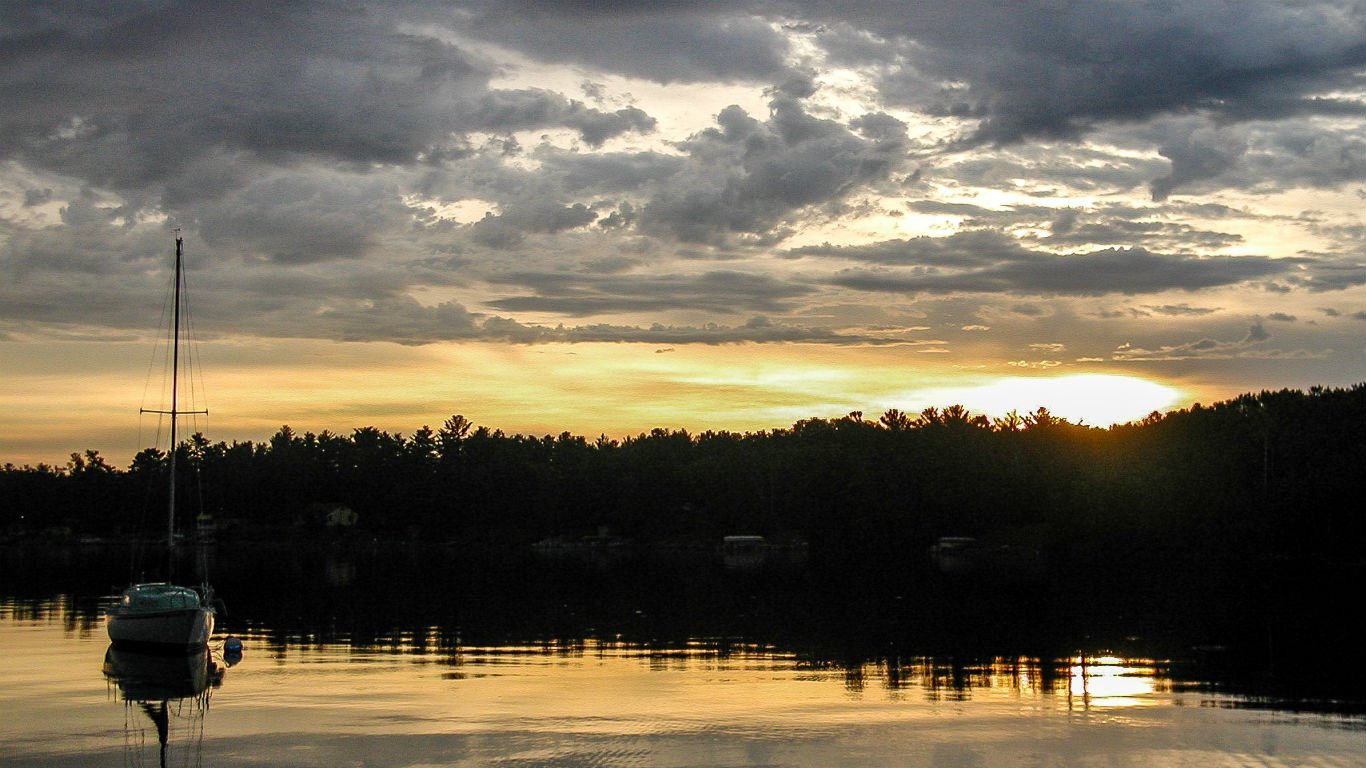


Though it is unclear if they arrived in time, the terms of the final treaty applied to them. The Mille Lacs band were upset about not being invited to the negotiations and sent their own delegation. They were not told the purpose of the visit-only that the government wished to discuss their lands in Minnesota. He instructed agent David Herriman to invite only a handful of Ojibwe leaders to Washington, DC, including Bagone-giizhig (Hole-in-the-Day the Younger) and Eshkibagikoonzh (Flat Mouth). Commissioner of Indian Affairs George Manypenny did not want to repeat this situation in 1855. Thousands of Ojibwe, from different bands and with different interests, had attended the 1854 negotiations at La Pointe, making it difficult for U.S.

According to Rice, they were “starving” as hunters and gatherers and needed government aid to become farmers. He claimed, however, that the treaty would mostly benefit the Ojibwe. Rice had invested in the lumber industry and stood to profit from logging on Ojibwe land. Traders like Henry Rice supported a new treaty because it would help pay off the debts they claimed the Ojibwe owed. In early 1855, it began planning a new treaty to buy most of the remaining Ojibwe land in the territory’s north-central woods. government acquired most Ojibwe land in eastern Minnesota in the Treaties of St. government and created the Leech Lake and Mille Lacs reservations. The agreement ceded a large portion of Ojibwe land to the U.S. Ojibwe family, c.1860.The Treaty of Washington (1855) is a milestone in the history of Ojibwe people in Minnesota.


 0 kommentar(er)
0 kommentar(er)
